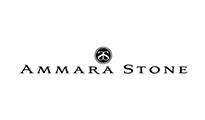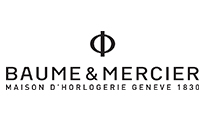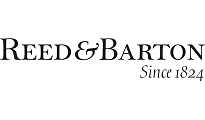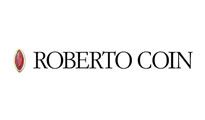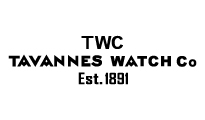About Diamonds
The Four C's of Diamonds
Diamonds are graded and categorized by four main characteristics in the diamond industry. These characteristics were categorized by the Gemological Institute of America (GIA), and they are color, clarity, cut, and carat weight. It is important that a customer understand how each characteristic interplays with one another to determine the value of this rare gem. In most cases, the rarity of each characteristic directly affects the diamond’s value.

Color
The color of a diamond refers to its body color, and ranges from colorless or white to light yellow or brown. Diamonds with a rare color (blue, red, pink, or green) or high saturation of color are considered fancy colored, and are very rare, thus more valuable. The Gemological Institute of America has developed a color grading scale that includes all diamonds other than fancy colored stones. The majority of diamonds that are on the market today have a slight tinge of yellow or brown and therefore colorless stones are rarer than stones with a slight amount of those colors.
Cut
The cut of a diamond directly affects the brilliance and fire of the diamond. The brilliance of a diamond refers to the diamond’s brightness, or amount of light that is returned to the eye. The fire of a diamond is the spectral colors that you see when the light is reflected back through the stone. A diamond that’s cut grade is excellent or very good has more brilliance and fire than a stone with a lesser cut grade. Diamonds that are cut too deep or too shallow do not maximize the beauty of the stone, and therefore the value of the stone may be negatively affected.
Clarity
All diamonds have a distinct internal structure that is created when the diamond forms in the Earth. The features of their internal structure are commonly called inclusions, and can affect the value of a diamond. These inclusions are often invisible to the naked eye, and so jewelers use a 10x (ten times magnification) loupe to identify and locate them. The size and location of an inclusion can affect the brilliance and value of a diamond. GIA has developed a clarity grading scale in order to classify diamonds in this way. The scale ranges from the rarest and most valuable grade, flawless, to Included.
Carat Weight
Very large diamonds are extremely rare. The larger the stone, the more rare and valuable it becomes. Diamond weight is measured in carats, and each carat is made up of 100 points. A 25 point stone is equal to a .25 carats and 50 point stone is equal to .50 carats. Although carat weight is an important factor in determining diamond value, the diamond’s beauty is determined by its cut, color, and clarity. Due to this, it is possible for a smaller-weight stone to be more valuable than a larger one.
